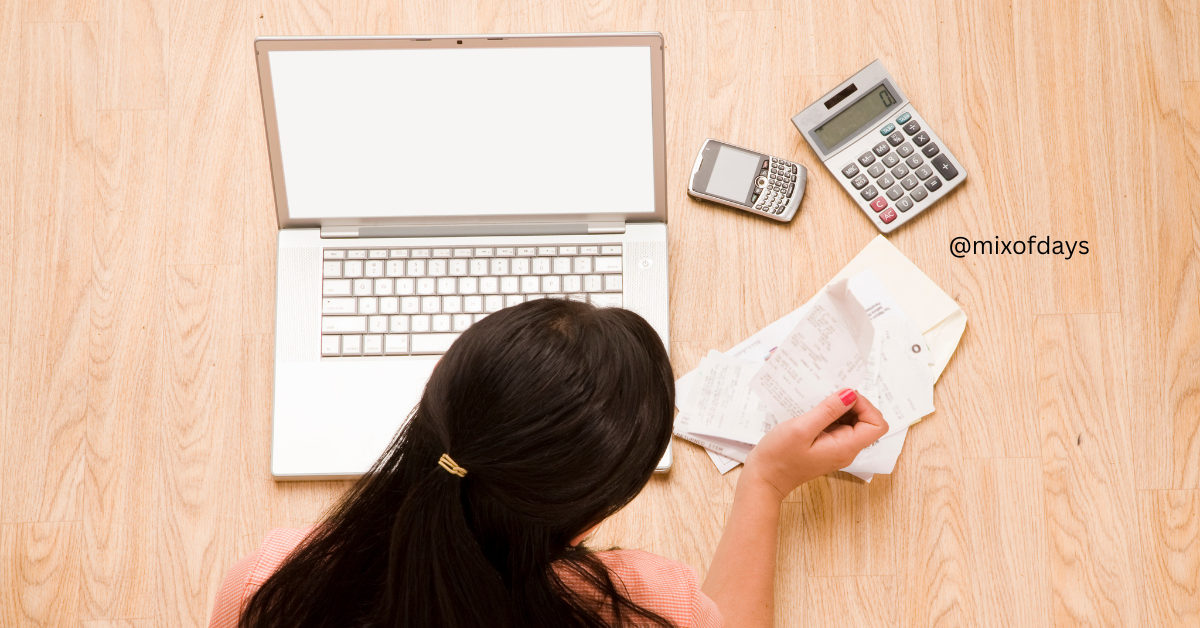Emergencies are unpredictable. Whether it’s a sudden job loss, medical bills, home repair, or a global pandemic, financial emergencies don’t wait for you to be ready. That’s why having a strategy for creating an emergency budget is crucial for protecting yourself and your family during tough times.
In this guide, we’ll walk through how to quickly build an emergency budget that prioritizes your essentials, stabilizes your finances, and helps you move forward with confidence—even when money is tight.
🧭 Why an Emergency Budget Matters
An emergency budget is a temporary, stripped-down version of your regular budget. It’s designed to help you survive on limited income while covering only your most essential expenses.
Creating this type of budget can:
- Help you avoid debt during a crisis
- Give you financial breathing room
- Reduce stress by giving you a clear plan of action
- Help stretch your available funds
The goal? Stability, not perfection.
⚡ Step-by-Step Guide to Reacting Fast with an Emergency Budget
1. Take a Quick Financial Inventory
Before making decisions, you need to know exactly where you stand.
List down:
- Your total savings and available cash
- Upcoming bills or known financial obligations
- Any source of expected income (job, side hustle, benefits)
- Current debts or loans
This snapshot gives you a starting point.
2. Identify Essential vs. Non-Essential Expenses
Focus on needs, not wants. In an emergency, only the most important expenses make the cut.
Essential expenses usually include:
- Food and groceries
- Rent or mortgage
- Utilities (electricity, water, internet)
- Transportation (fuel, public transport)
- Medications and healthcare
Non-essential expenses to pause:
- Streaming services (Netflix, Spotify)
- Dining out or food delivery
- Gym memberships
- Shopping or online subscriptions
Be ruthless. You can always add things back when things stabilize.
3. Slash or Suspend What You Can
Now it’s time to cut costs—fast.
Tips to reduce spending immediately:
- Switch to prepaid or cheaper phone/data plans
- Cook at home using budget-friendly meals
- Unsubscribe from unnecessary apps/services
- Talk to landlords or lenders about deferment
- Delay big purchases or travel plans
Every peso you save gives you more financial flexibility.
4. Prioritize the 4 Walls
In budgeting, financial experts like Dave Ramsey talk about covering your “Four Walls” first:
- Food
- Utilities
- Shelter
- Transportation
These should come before anything else. Once those are secure, you can look at minimum payments for debts or obligations.
5. Tap Into Emergency Resources (If Needed)
If your savings aren’t enough to cover the essentials, don’t panic—there are options.
Sources of short-term financial support:
- Government assistance or relief programs
- Emergency loans with low interest
- Asking family or friends for short-term help
- Selling unused items online (Facebook Marketplace, Carousell)
- Freelance or part-time work online
This isn’t about pride—it’s about survival.
6. Adjust Your Mindset
Dealing with a financial emergency is not just a numbers game—it’s a mental challenge too. It’s okay to feel anxious, scared, or uncertain.
Remind yourself:
- This situation is temporary.
- You are taking control step by step.
- You don’t need to do it perfectly—just stay afloat.
📊 Sample Emergency Budget Template
Here’s a sample emergency budget based on a reduced monthly income of PHP 20,000:
| Category | Amount (PHP) |
|---|---|
| Rent | 7,000 |
| Food & Groceries | 4,000 |
| Utilities | 2,500 |
| Transportation | 1,000 |
| Loan Payments | 2,000 |
| Miscellaneous Buffer | 1,500 |
| Total | 18,000 |
This leaves a PHP 2,000 cushion for unexpected needs or savings.
📈 What to Do Once You’re Back on Your Feet
Emergency budgets are temporary—but they can teach lasting habits.
Once the crisis eases:
- Rebuild your emergency fund with at least 3–6 months of expenses
- Resume paused payments or subscriptions cautiously
- Create a normal monthly budget that includes a “crisis buffer”
- Reflect on lessons learned from the emergency
Turn the experience into motivation to be better prepared next time.
💬 Real-Life Example: Anna from Cebu
Anna, a small business owner in Cebu, lost half her income during the pandemic lockdowns. With only PHP 5,000 left in savings, she created an emergency budget that cut her spending by 60%. She switched from food delivery to market trips, paused all streaming subscriptions, and sold handmade products online to make ends meet.
The result: She made it through 3 tough months and learned budgeting skills she still uses today.
React Fast, Stay Calm
An emergency doesn’t mean you’ve failed—it’s part of life. What matters most is how you respond.
Creating an emergency budget helps you stay in control, make intentional decisions, and move forward with confidence. It’s not about making things perfect—it’s about doing what you can, with what you have, right now.
No matter what crisis you’re facing, remember: you’re stronger than you think. And with the right financial mindset, you’ll bounce back even stronger.
📤 Want to Help Others?
Share this article with a friend or loved one who may be going through a financial rough patch. Sometimes, the right guidance makes all the difference.
